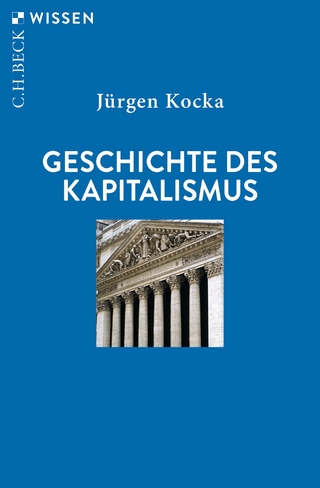
Lombard Street
Cambridge University Press (Verlag)
978-1-108-03581-1 (ISBN)
Walter Bagehot (1826–77), the influential political and economic essayist, wrote a number of books that became standards in their respective fields. He attended University College, London, where he studied mathematics and gained a master's degree in intellectual and moral philosophy. He was called to the bar, but instead chose a career in his father's banking business. He wrote widely on literature, economics and politics, co-founding the National Review in 1855. He became editor-in-chief of The Economist in 1860 and remained in that post until his death. This work, published originally in 1873 and described by J. M. Keynes as 'an undying classic', is a masterpiece of economics. It explains the world of finance and banking, concentrating on crisis management, and its ideas are as relevant today as ever, especially in the face of the global financial crisis that emerged in 2007.
Prefatory note; Advertisement; 1. Introductory; 2. A general view of Lombard Street; 3. How Lombard Street came to exist, and why it assumed its present form; 4. The position of the Chancellor of the Exchequer in the money market; 5. The mode in which the value of money is settled in Lombard Street; 6. Why Lombard Street is often very dull, and sometimes extremely excited; 7. A more exact account of the mode in which the Bank of England has discharged its duty of retaining a good bank reserve, and of administering it effectually; 8. The government of the Bank of England; 9. The joint stock banks; 10. The private banks; 11. The bill brokers; 12. The principles which should regulate the amount of the banking reserve to be kept by the Bank of England; 13. Conclusion; Appendix.
| Erscheint lt. Verlag | 29.12.2011 |
|---|---|
| Reihe/Serie | Cambridge Library Collection - British and Irish History, 19th Century |
| Zusatzinfo | Worked examples or Exercises |
| Verlagsort | Cambridge |
| Sprache | englisch |
| Maße | 140 x 216 mm |
| Gewicht | 470 g |
| Themenwelt | Geschichte ► Teilgebiete der Geschichte ► Wirtschaftsgeschichte |
| Wirtschaft ► Volkswirtschaftslehre ► Finanzwissenschaft | |
| ISBN-10 | 1-108-03581-7 / 1108035817 |
| ISBN-13 | 978-1-108-03581-1 / 9781108035811 |
| Zustand | Neuware |
| Haben Sie eine Frage zum Produkt? |
aus dem Bereich


